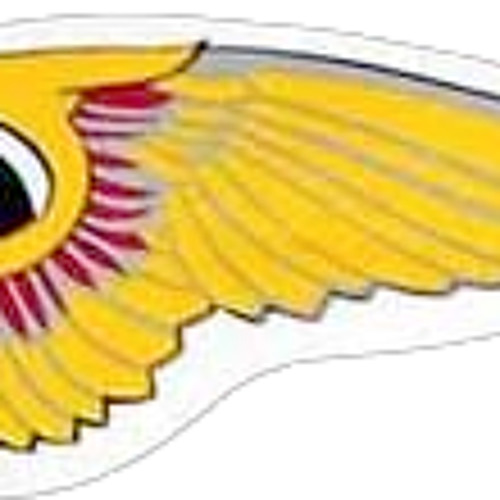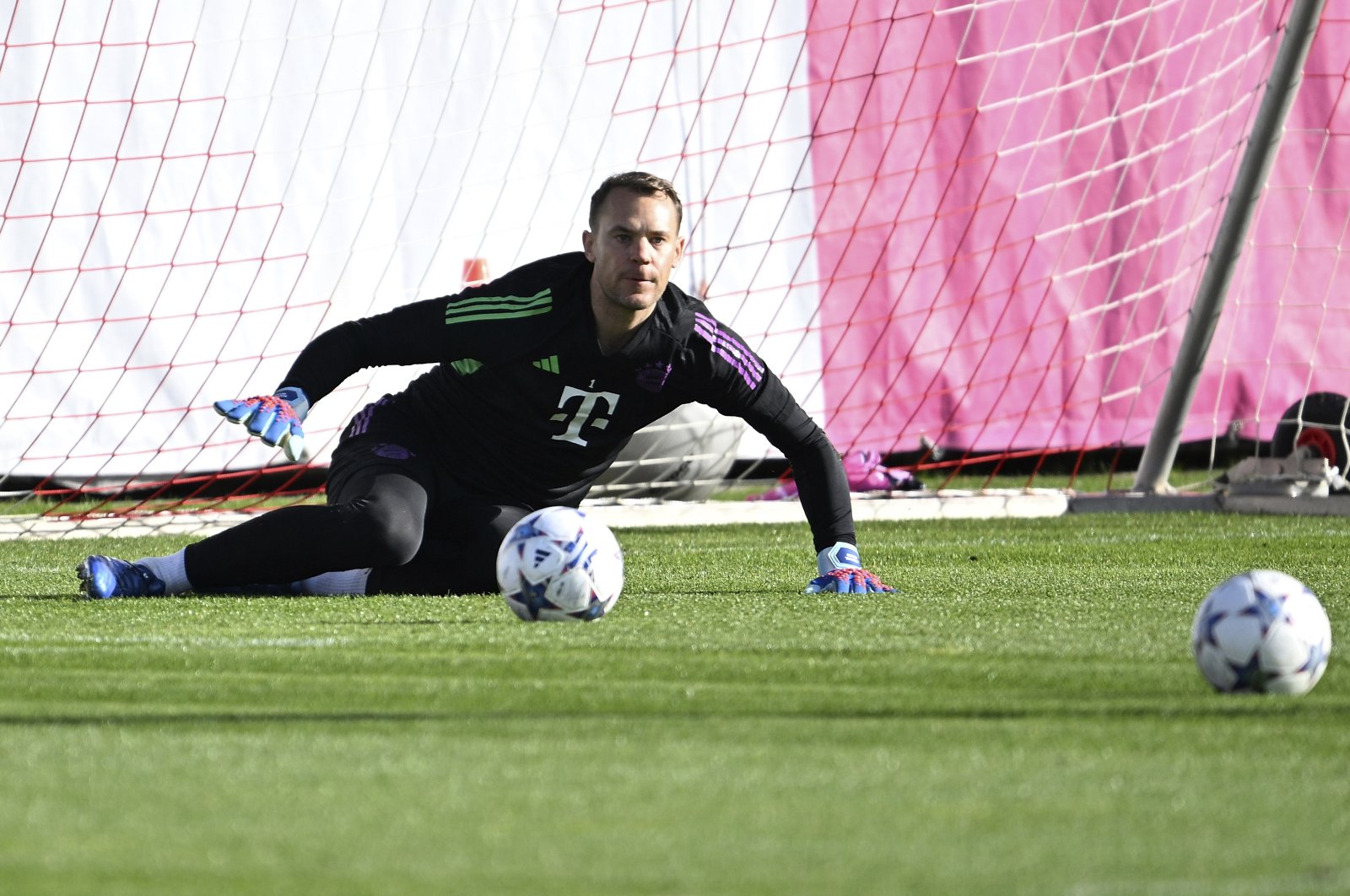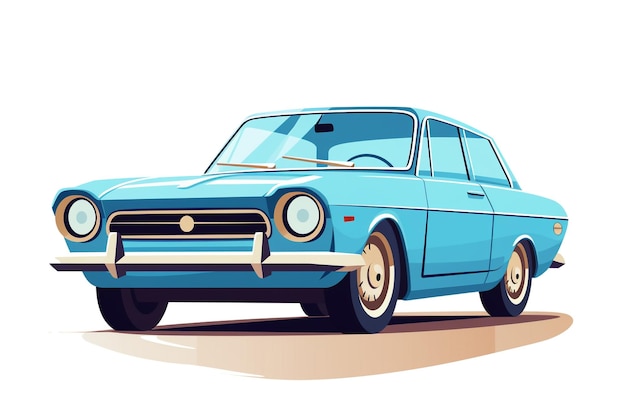Hells Angels: Structure, Operations, And Activities

Table of Contents
Hierarchical Structure of the Hells Angels Motorcycle Club
The Hells Angels Motorcycle Club operates with a rigid, hierarchical structure that extends from individual chapters to a worldwide leadership. Understanding this structure is key to understanding the club's effectiveness and longevity. The organization is divided into chapters, often categorized as "mother chapters" (the original chapters), "national chapters," and "regional chapters," each with its own president, vice president, and sergeant-at-arms.
-
Ranks and Responsibilities: The hierarchy includes prospects (potential members undergoing a probationary period), hangarounds (individuals associated with the club but not yet prospects), and full members. Each rank carries specific responsibilities, with full members holding the most power and influence. The president holds ultimate authority within a chapter, overseeing all activities and reporting to higher levels within the club's structure. The vice president acts as the second-in-command, while the sergeant-at-arms enforces club rules and maintains discipline.
-
Membership Process: Becoming a full-fledged Hells Angel is a rigorous process. Prospective members must prove their loyalty, obedience, and willingness to participate in club activities. This process often involves a lengthy probationary period during which the prospect is closely monitored and evaluated.
-
Loyalty and Obedience: Loyalty and obedience are paramount within the Hells Angels. Members are expected to follow orders without question and maintain a strict code of conduct. Betrayal carries severe consequences.
-
The "1%ers": The Hells Angels, along with other outlaw motorcycle gangs, proudly identify as "1%ers," a term that signifies their rejection of mainstream societal norms and laws. This self-identification reinforces their rebellious image and unites them against what they view as societal oppression.
Criminal Operations and Activities of the Hells Angels
The Hells Angels have been implicated in a wide range of criminal activities. It's crucial to rely on responsible sourcing when discussing these allegations, avoiding sensationalism and focusing on documented evidence. The club's hierarchical structure facilitates these operations, with different chapters specializing in various criminal enterprises.
-
Specific Examples: Numerous credible sources detail the club's involvement in drug trafficking (including methamphetamine and cocaine), weapons trafficking, extortion, money laundering, and violent crime. Major criminal cases involving the HAMC have been documented globally, leading to numerous arrests and convictions. (Note: Specific case details would require extensive research and citation to avoid legal issues and maintain accuracy.)
-
Facilitating Criminal Operations: The club's structure, with its clear chain of command and compartmentalized operations, allows for the efficient execution of criminal activities. Different chapters can specialize in different areas, minimizing risk and maximizing profit.
-
Organized Crime Networks: The Hells Angels are known to operate within larger organized crime networks, collaborating with other criminal organizations to expand their reach and influence.
-
Violence and Intimidation: The use of violence and intimidation is a common tactic employed by the Hells Angels to maintain control and deter opposition. This tactic is crucial in enforcing internal discipline and securing their criminal enterprises.
Legal Battles and Law Enforcement Response to the Hells Angels
The Hells Angels face constant legal challenges, and law enforcement agencies worldwide employ various strategies to combat their activities. These strategies are continually evolving to keep pace with the club's adaptability.
-
Significant Legal Cases: Numerous high-profile legal battles have targeted the Hells Angels, utilizing tools such as the RICO Act (Racketeer Influenced and Corrupt Organizations Act) and other anti-gang legislation. Outcomes have varied, with some cases resulting in significant convictions and asset seizures, while others have faced challenges due to the club's intricate structure and the difficulties in gathering sufficient evidence.
-
Law Enforcement Tactics: Law enforcement utilizes various tactics, including undercover operations, surveillance, raids on clubhouses, and infiltration of the club's ranks to gather intelligence and dismantle their operations.
-
Effectiveness of Strategies: The effectiveness of these strategies remains a subject of debate, as the Hells Angels have demonstrated a remarkable ability to adapt and rebuild after setbacks.
-
Legislative Changes: Numerous legislative changes have been implemented globally to specifically target organized motorcycle gangs, enhancing law enforcement's ability to combat their activities.
The Hells Angels' Public Image and Motorcycle Culture
The Hells Angels cultivate a carefully constructed public image, employing specific symbols, branding, and participation in motorcycle culture events to project power and attract new members.
-
Image and Power Projection: The club's iconic imagery, including its death head logo and distinctive patches, is deliberately designed to project an image of power, rebellion, and intimidation. This image plays a key role in attracting new recruits and deterring opposition.
-
Symbolism and Branding: The use of specific colors, symbols, and clothing is carefully regulated, reinforcing the club's identity and creating a sense of unity among its members.
-
Motorcycle Rallies and Events: Participation in motorcycle rallies and events allows the Hells Angels to showcase their presence, network with other groups, and project an image of camaraderie and shared passion for motorcycles.
-
Self-Portrayal vs. Reality: There’s a stark contrast between the Hells Angels' carefully curated public image of brotherhood and camaraderie and the documented reality of their criminal activities and violent tendencies. This discrepancy is a crucial element in understanding the club’s complexities.
Conclusion
The Hells Angels Motorcycle Club (HAMC) presents a complex and controversial organization. Its hierarchical structure, sophisticated criminal operations, and enduring legal battles highlight the significant challenges posed by organized crime. Understanding the intricate workings of the HAMC, from its chapter organization to its carefully cultivated public image, is critical to effectively combating its activities. Understanding the intricacies of the Hells Angels Motorcycle Club is crucial to combating organized crime. Continue your research into the Hells Angels and other outlaw motorcycle gangs to stay informed about this complex and dangerous subject.

Featured Posts
-
 Thierry Ardisson Et Laurent Baffie Fin D Une Amitie Connerie Et Machisme Au C Ur Du Probleme
May 26, 2025
Thierry Ardisson Et Laurent Baffie Fin D Une Amitie Connerie Et Machisme Au C Ur Du Probleme
May 26, 2025 -
 Impact Of Neuers Injury On Bayern Munichs Season
May 26, 2025
Impact Of Neuers Injury On Bayern Munichs Season
May 26, 2025 -
 The Evolution And Potential Decline Of Armando Iannuccis Humor
May 26, 2025
The Evolution And Potential Decline Of Armando Iannuccis Humor
May 26, 2025 -
 When And Where To Watch The Saint On Itv 4
May 26, 2025
When And Where To Watch The Saint On Itv 4
May 26, 2025 -
 Formula 1 Legends Success And Failure After 40
May 26, 2025
Formula 1 Legends Success And Failure After 40
May 26, 2025
